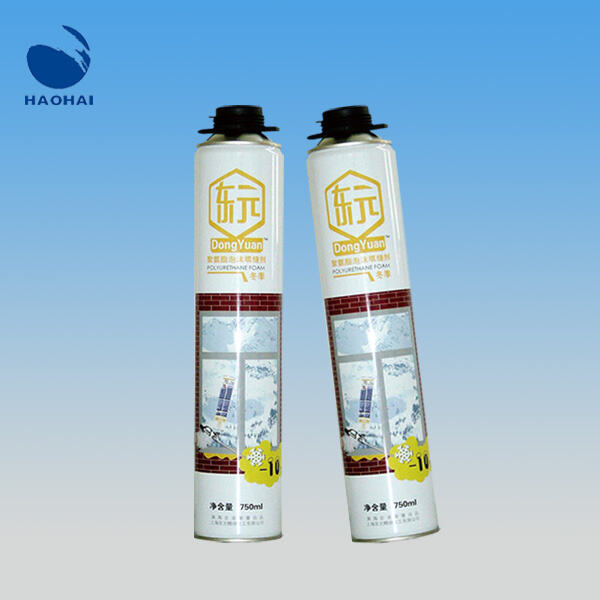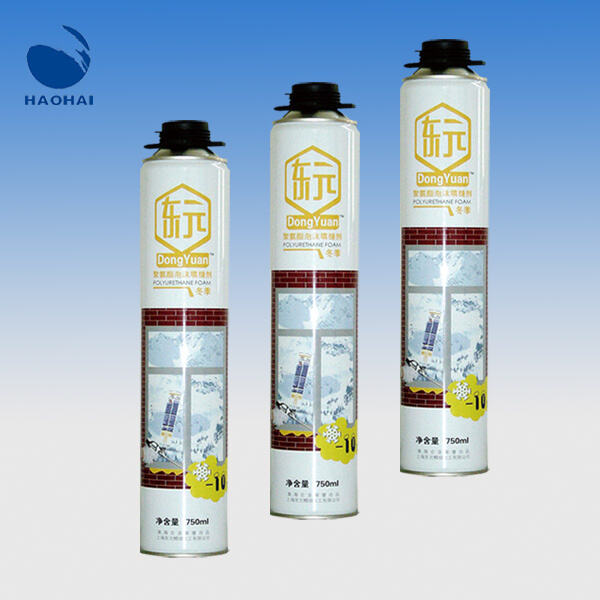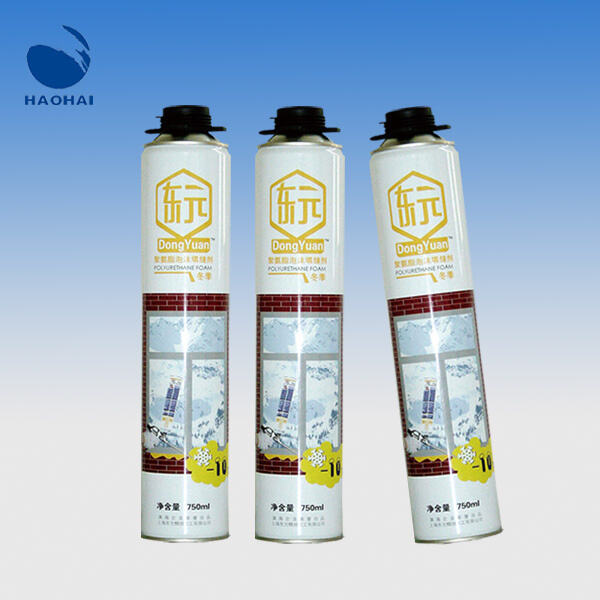Foaming polyurethane is a specific type of material that can expand after it’s applied. It has a wide range of uses, including use in construction. Today we are going to look at the advantages of expanding polyurethane, how to apply expanding foam correctly, applications, environmental effects and some tips and tricks when using it.
Great stuff’s expanding polyurethane is a fine material for this type of work, since it does seep into gaps and cracks. This makes buildings more sturdy and resistant. It is also extremely light, which is good because it will not make a building heavy. What’s more, expanding polyurethane can help insulate buildings, helping keep them warm or cool as required. This can also help conserve energy and cash on utility costs for heat and A/C.
You do need to pay very close attention to instructions when using expanding foam. First, you will want to prepare the surface that you want to put the material onto. From there, you can spray or dispense the expanding polyurethane into the crevices or cracks. It will begin to expand, eating up the space. Wear gloves and safety goggles while you’re working with expanding polyurethane—it’s sticky and messy.

There are various uses for expanding polyurethane in construction. It can seal windows and doors, to stop drafts and leaks. It can be used to fill the gaps in walls and floor so buildings are more solid. Furthermore, expanding polyurethane is also used in roofing because they aid in cooling (insulation) and by keeping out water. All in all, polyurethane expanding foam is a construction product that is very useful.

Although expanding polyurethane is a great help it have some problems. Certain types of expanding polyurethane can emit dangerous chemicals in the air. This can be bad for both the planet and people’s health. Which is why when it comes to is using eco friendly expanding polyurethane product wherever you can is a good idea. Also make sure to get rid of expanding polyurethane correctly with help of any guide or rules which may apply in your region.

Below are some tips and tricks when using expanding polyurethane. First, be sure to protect yourself with gear like gloves and goggles. This can help to protect you when working with the material. Second, definitely work in a ventilated space so you don’t inadvertently inhale any fumes. And last but not least, read the directions carefully to make sure the expanding polyurethane hardens correctly, and gets the job done.